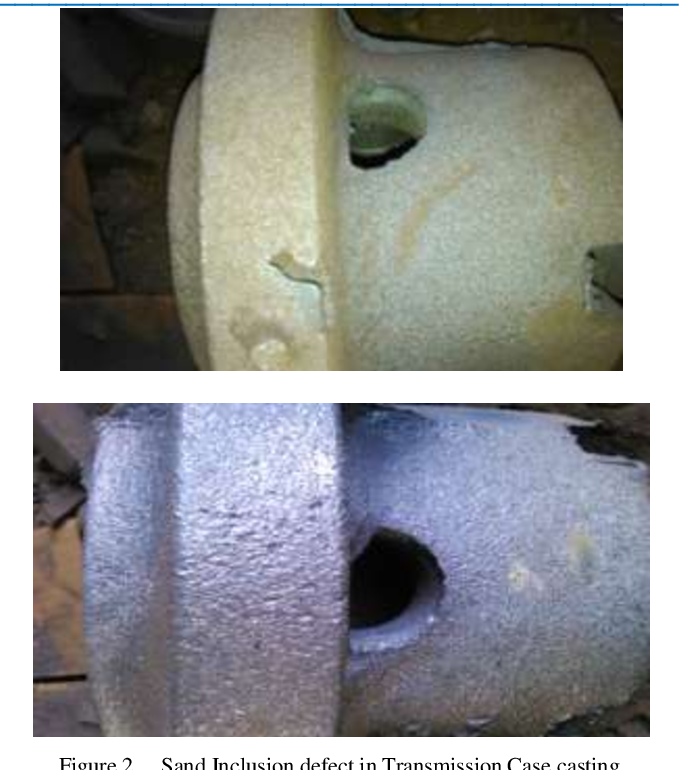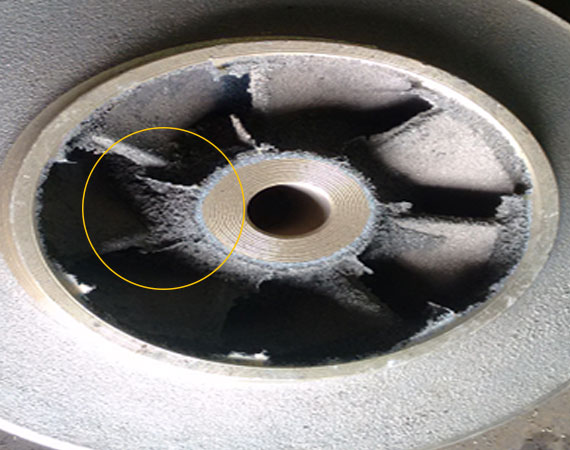
Other useful foundry sands include chromite, zircon and olivine sands. A green sand mold used for casting steel usually consists of silica sand, and a binding agent mulled together with tempered water. Green sand is defined as a water tempered molding sand mixture with plasticity. Green sand molding is economical and permits both quality and quantity production, particularly for smaller castings. Green sand molding is the production of molded metal objects from tempered molding sand and is widely used to cast ferrous as well as non-ferrous metal castings. Chemically bonded sands use a variety of organic and inorganic resin binders. Green sands are produced by binding silica sand with clay, coal dust, and water. There are two basis types of binder systems used in the foundry industry. Commonly employed binders include inorganic binders such as clay and foundry resins such as phenolic resin binders.

One or more binders mixed with the silica sand are required to maintain the sand in a predetermined shape. In sand casting, disposable foundry shapes, such as cores and molds, are made by forming a sand-based foundry composition into the desired shape and curing the composition. Sand casting is a process used in the foundry industry to produce metal parts.

The present invention relates to a method for producing foundry shapes and, more specifically, to a method of reducing veining defects in sand-based foundry shapes by adding an anti-veining compound comprising bentonite. This application claims priority from U.S.


 0 kommentar(er)
0 kommentar(er)
